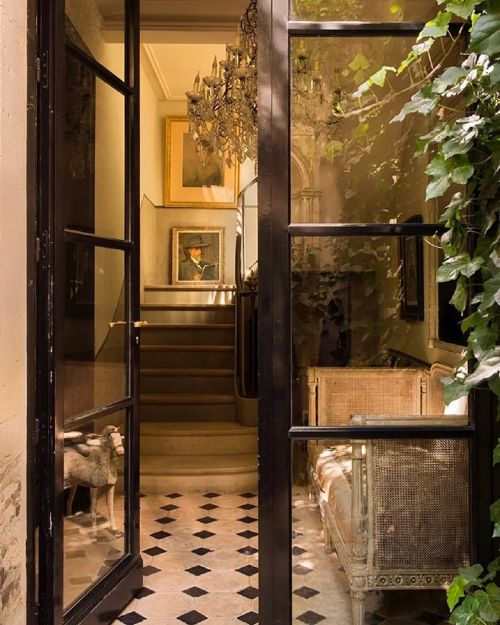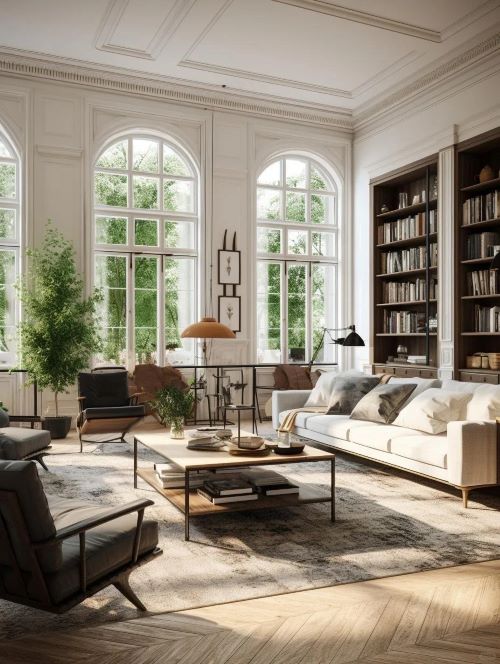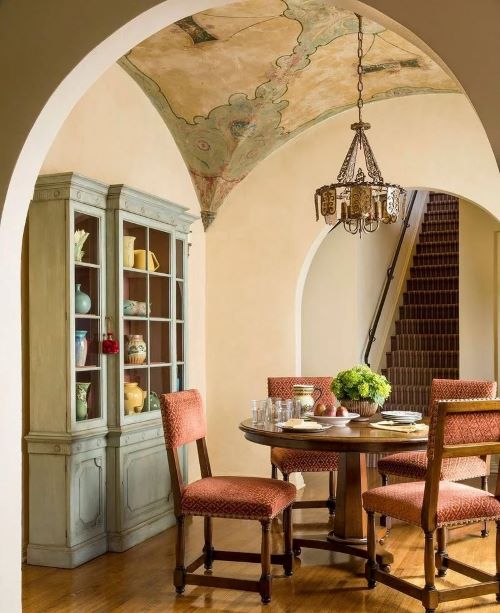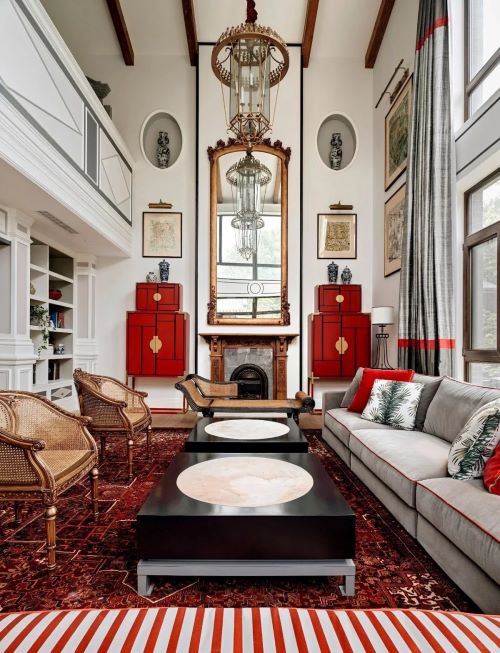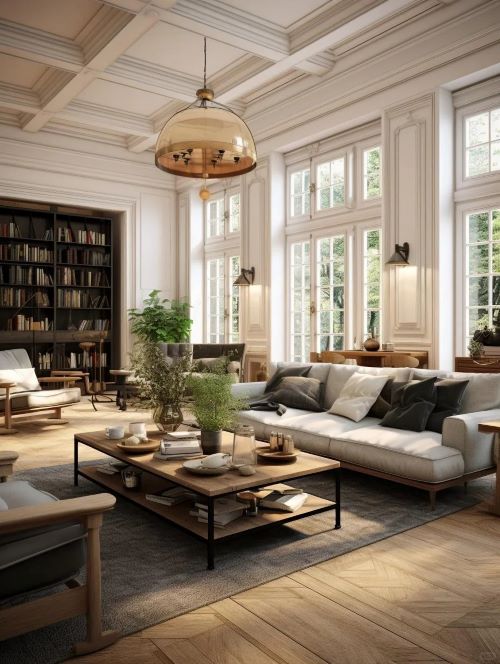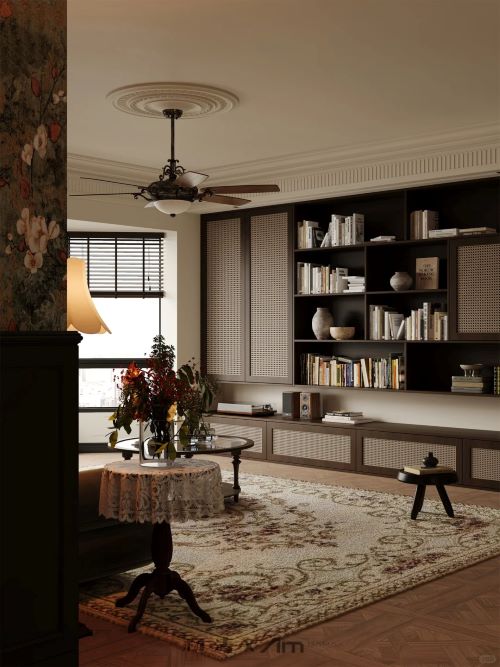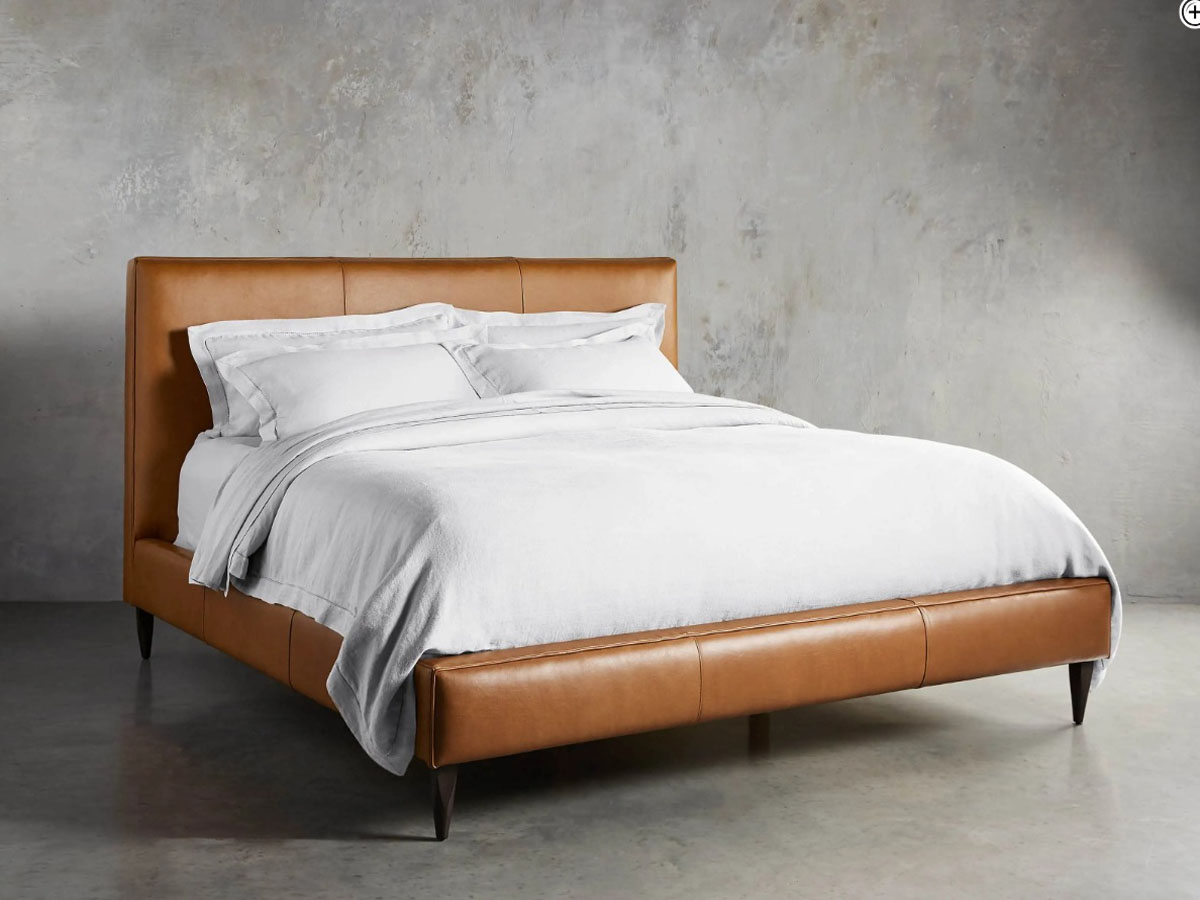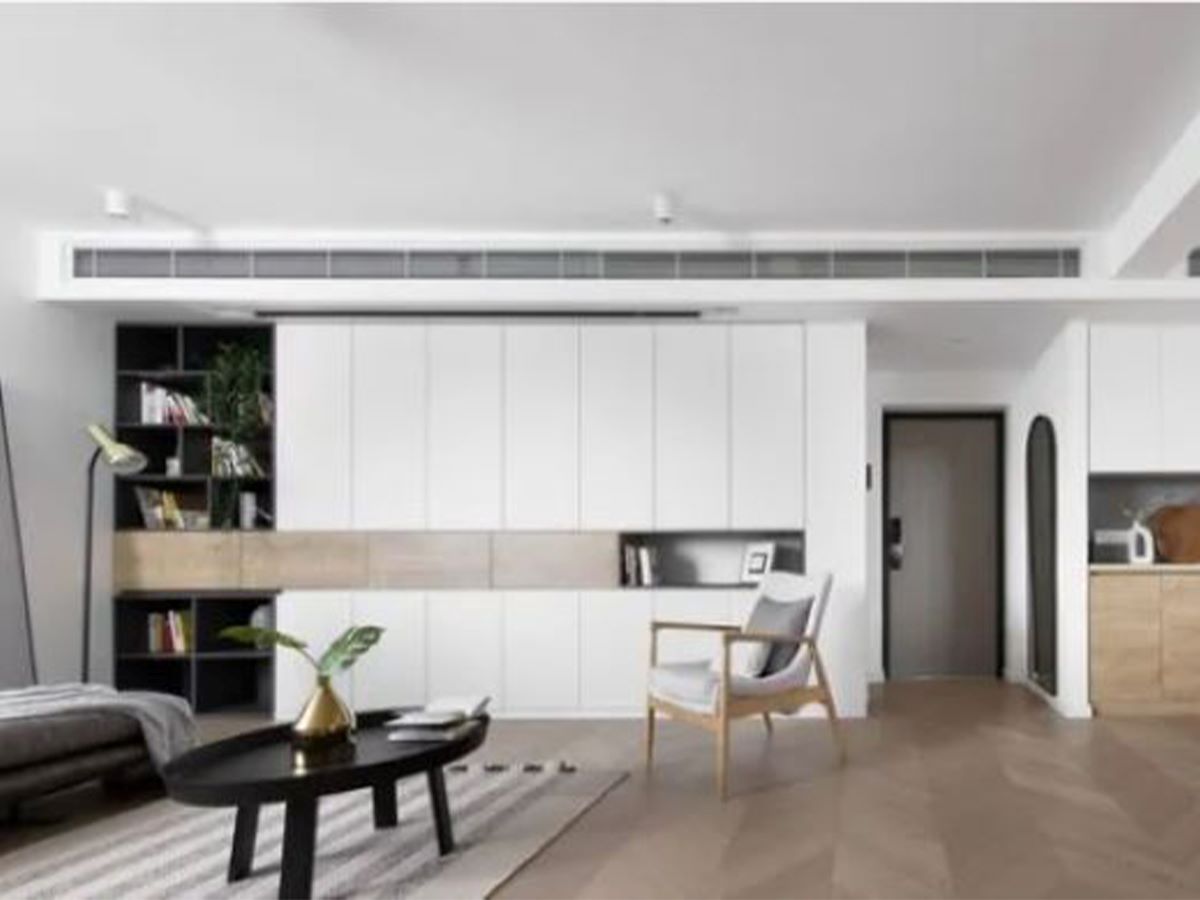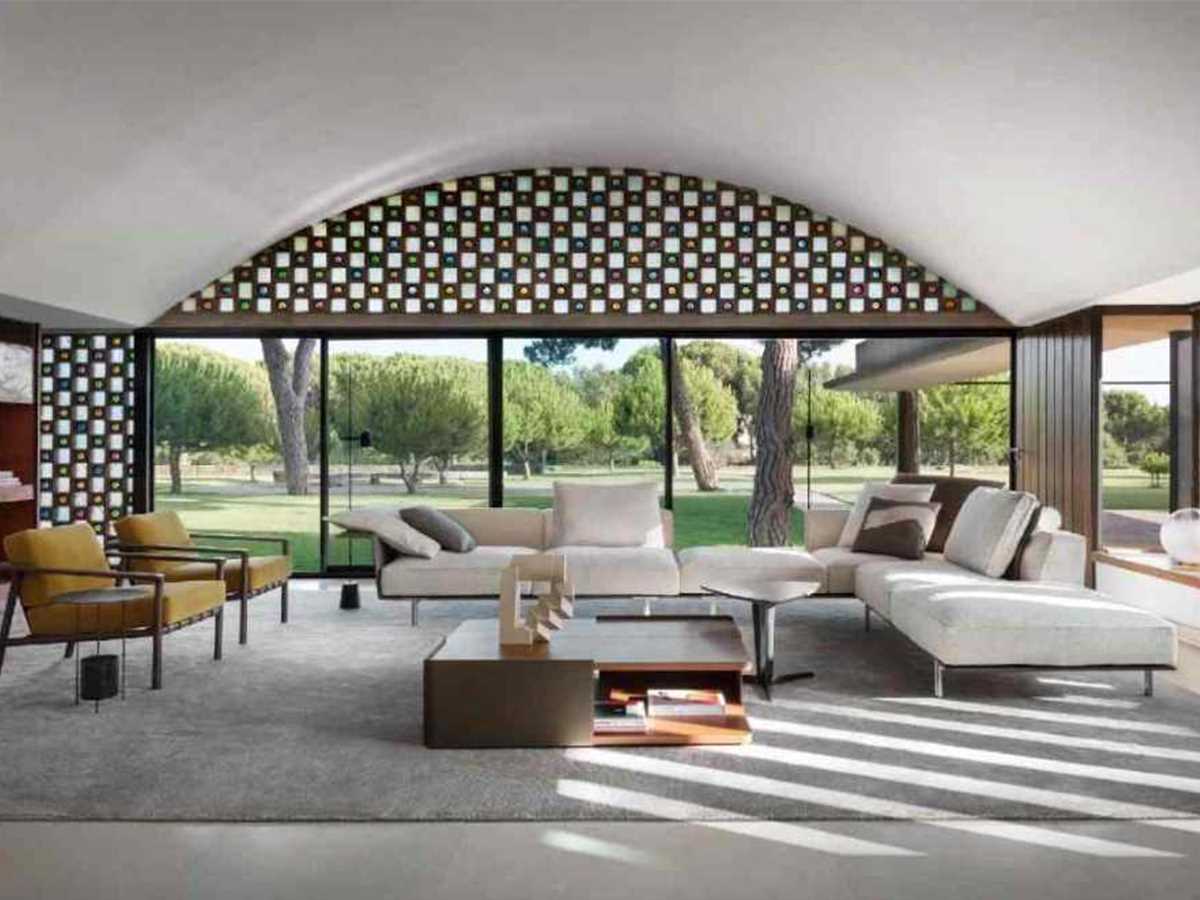Figuring Out Your Favourite Style - Colonial Style Furniture
The origin of colonial-style furniture can be traced back to the colonial period, especially during the expansion of European colonial territories, such as the American colonies from the 16th to the 19th century, as well as other regions' colonies. In these colonies, European immigrants brought their furniture-making techniques and design styles while being influenced by local cultures and materials, resulting in a unique colonial style.
Colonial-style furniture typically integrates design elements of European traditional furniture, such as simple lines, elegant curves, and intricate decorations, with the handicrafts and materials of the local indigenous people. This fusion creates a new style that reflects both European traditions and the characteristics of the colonies' local cultures.
Colonial-style furniture feature
Colonial style is synonymous with spaciousness, comfort, and eclecticism. It is known for its lack of flashy decorations and constraints, removing many barriers while still maintaining cultural roots. It embodies a new form of nostalgia, combining elegance with casualness without losing its sense of ease. Its characteristics include an understanding of culture, elegance, comfort, and ambiance.
For example, American-style furniture emphasizes simplicity with predominantly single colors, focusing on practicality and ambiance. It often incorporates elements like wheat sheaves, corn husks, and distinctive motifs, utilizing inlay decoration techniques adorned with paint or shallow relief carving. Embracing a casual lifestyle, it pursues an innovative spirit, freely mixing old and new while advocating for vibrant colors, adoring flowers, and seeking high-quality and practical materials. Optimistic in nature, its proponents dare to break conventional norms and traditions.
A blend of classical and modern
Let's step into the architecture of the colonial period and explore interior decoration styles. These elements also perfectly meet the current cultural enthusiasts' demand for lifestyle, which is to have a sense of culture and elegance while not lacking in comfort and ambiance. Let FFM take you back to the 17th and 18th centuries, rediscovering the beauty of that era.
American colonial-style furniture
| 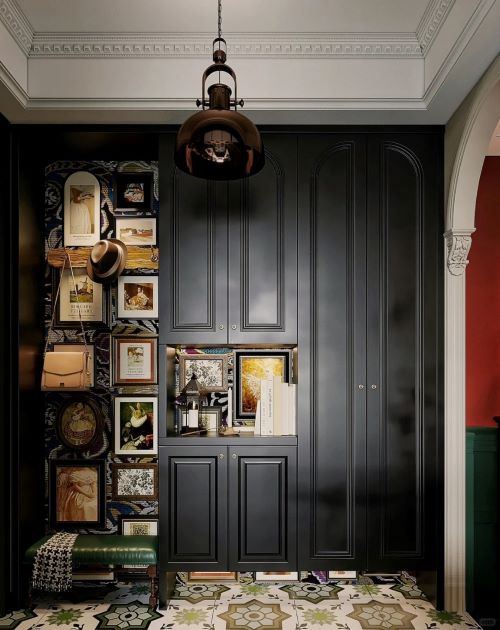 |
German colonial-style furnitureSymmetry and Harmonious Layout: The interior layout of German colonial-era architecture emphasizes symmetry and harmony, with furniture, colors, and decorative elements presenting a balanced visual effect. Oriental Elements: The interior decoration of German colonial-era architecture incorporates Orientalist elements, such as Chinese furniture, Persian carpets, etc., showcasing the fusion of Eastern and Western cultures. Libraries and Salons: The interior design of German colonial-era architecture often includes spaces like libraries and salons, reflecting the homeowners' reverence for knowledge and the importance of social activities. Exquisite Plasterwork: Intricate plasterwork decorations are often found on ceilings, walls, and other parts of the interior, showcasing the superior craftsmanship of German artisans. Qingdao has many German colonial-era buildings. Qingdao Governor's Residence: The interior decoration of this building preserves the characteristics of the German colonial era, such as libraries, salons, etc., blending classical and modern elements. |
Spanish colonial-style furnitureIn this world, besides the once-vast colonial holdings of the British Empire, if there is another country whose influence has spread across the globe, it is Spain. In the 16th century, its colonial footprint stretched from Southeast Asia to the American continent. Over the years, the architecture in these places has acquired a unique Spanish flavor. Spanish interior design embodies a relaxed and elegant style originating from the Mediterranean, evoking a warm and timeless feeling. Deeply influenced by culture, it combines traditional stucco walls, decorative tiles, and stunning architectural features, creating a space that transports you to sun-drenched villas surrounded by fragrant gardens. This design style reflects the essence of Mediterranean beauty, enhancing the quality of daily life while showcasing individuality. One of the most captivating aspects of Spanish interior design is the fusion of rustic and intricate elements. Bold patterned tiles, elaborate wrought iron details, and domed ceilings are just a few hallmarks of these spaces. But behind the grandeur lies the authentic charm of this design style—the inviting, cozy atmosphere captures the essence of seaside living. | 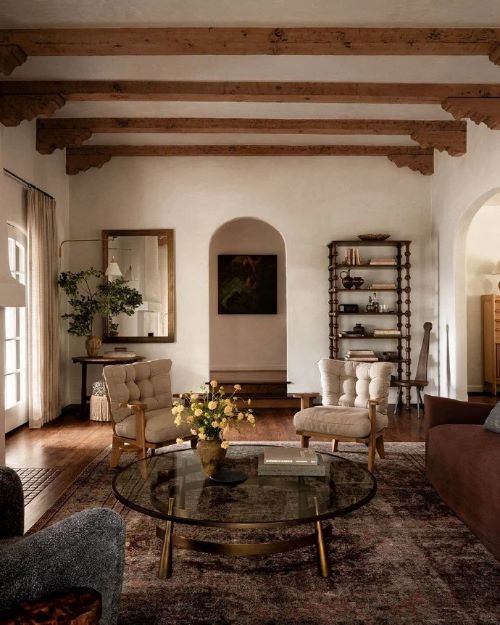 |
| Southeast Asian colonial-style furnitureSoutheast Asian style decoration is based on Southeast Asian culture, integrating decoration styles from countries such as India, Thailand, and Malaysia. It emphasizes a warm, natural, and elegant living atmosphere, creating a tropical rainforest natural style. Critical points for creating Southeast Asian style decoration: ① Choose furniture and decorations made from natural materials, such as wooden furniture and bamboo decorations. ② Pay attention to color coordination, with warm tones predominating, such as red, orange, and yellow. ③ Select exquisite details, such as elaborate chandeliers and delicate ornaments, to add sophistication and taste to the space. ④ Emphasize the functionality and practicality of the space, making the entire area appear more neat and orderly. ⑤ Use green plants as decorations, increase the indoor oxygen content, and create a natural and fresh atmosphere. |
Choose FFM to develop your own style
Experience the unique charm of furniture styles from different places. Whether you are creating a cozy living space for your home or planning a distinctive atmosphere for a commercial establishment, FFM can provide you with a range of exquisite furniture and decorations to meet your needs and tastes. With FFM's service, you are not just purchasing furniture but also experiencing a cultural and lifestyle heritage. We look forward to welcoming you and working together to create your ideal home environment!


